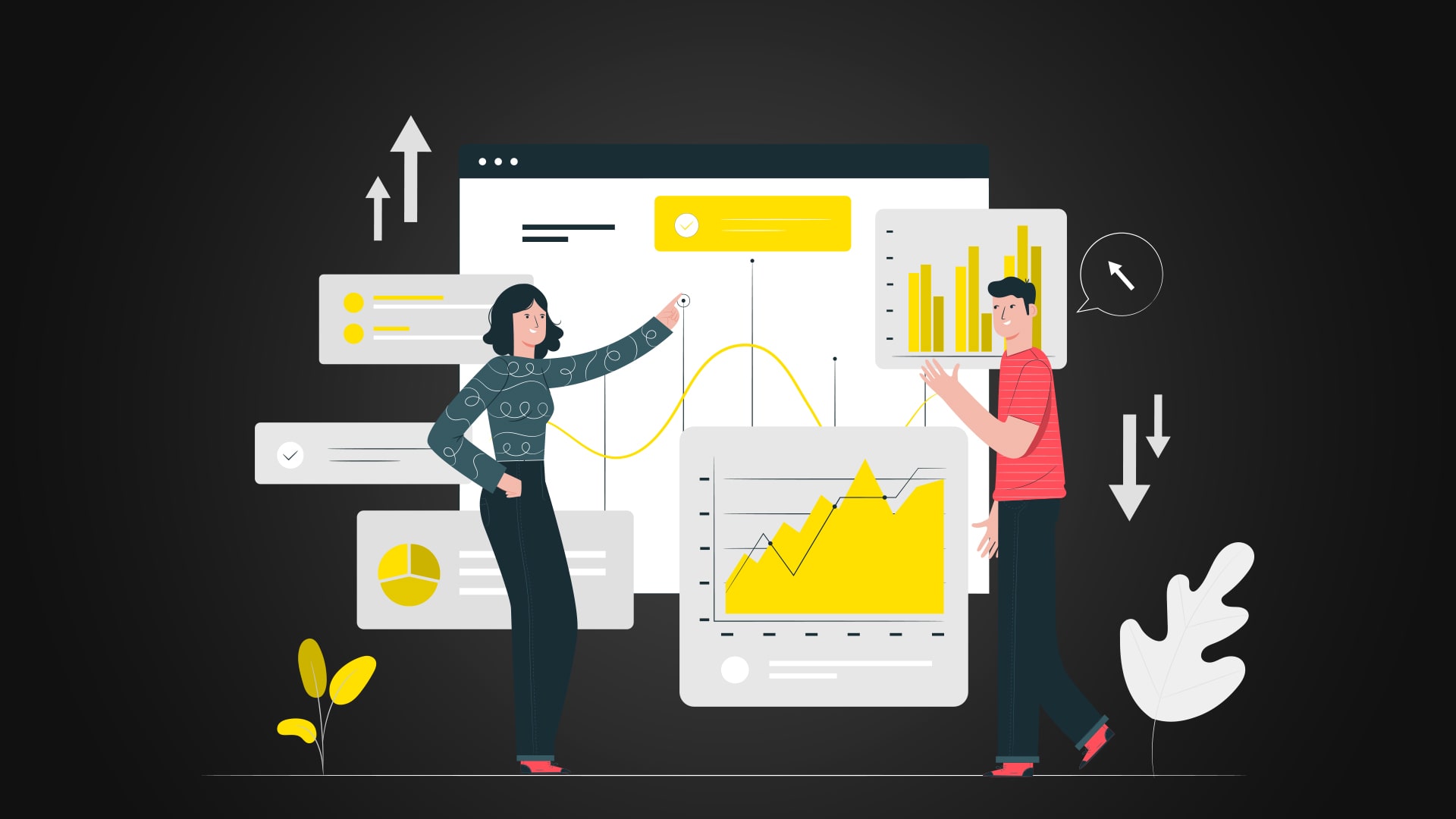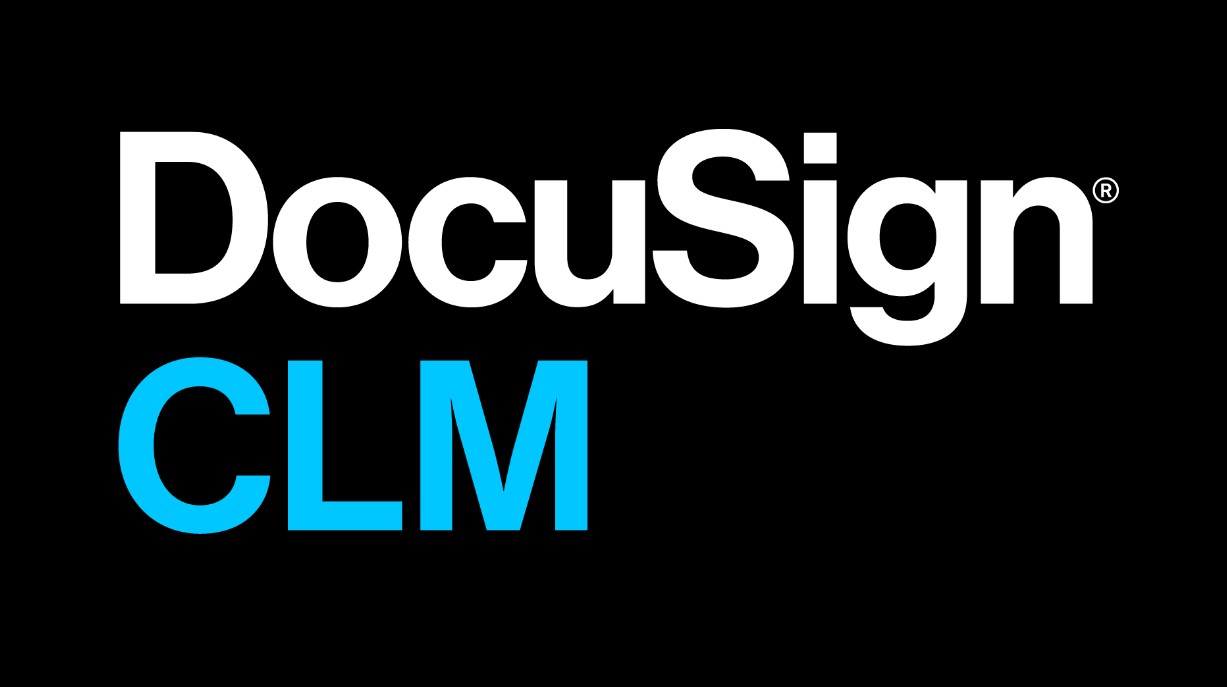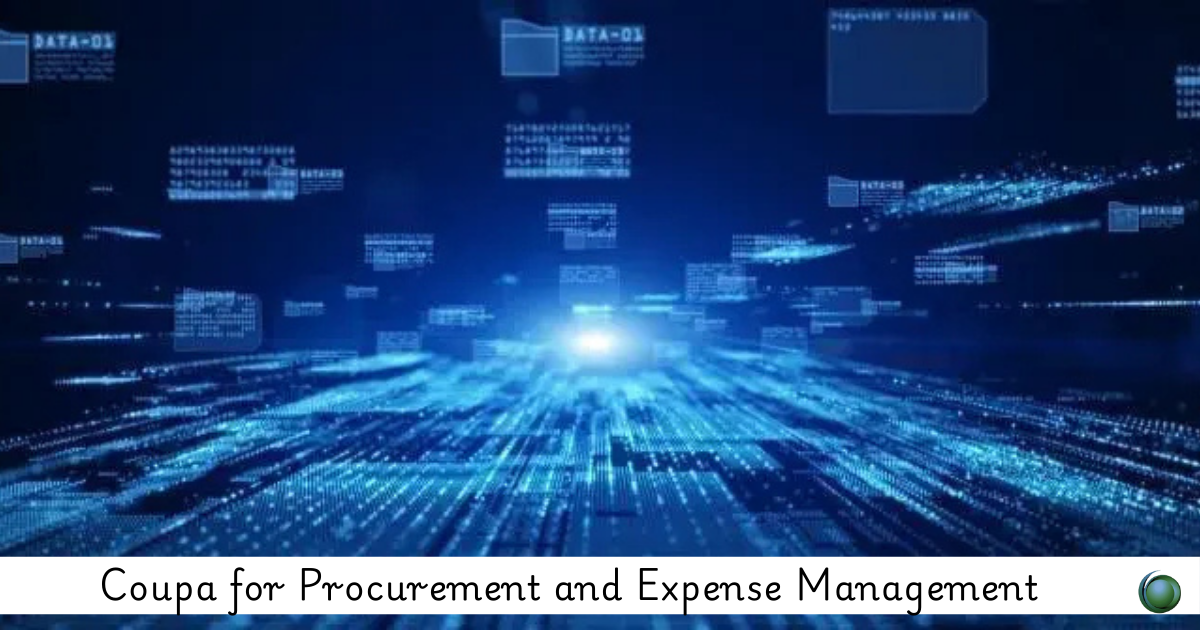Description
Introduction
In today’s data-driven world, the true value of data lies not in the numbers themselves, but in how we communicate them to inspire action and decision-making. Data storytelling is a skill that enables analysts, business professionals, and marketers to convey complex data insights in a compelling and relatable way. This course will explore the principles and techniques of storytelling with data, ensuring your insights resonate with audiences and stick with them long after the presentation ends. You’ll learn how to craft data narratives that drive decisions, spark interest, and ultimately influence the desired outcomes in your business context.
Prerequisites
-
Basic understanding of data analysis
-
Familiarity with data visualization tools (Excel, Tableau, Power BI, etc.)
-
Interest in improving communication and presentation skills
-
No prior experience in storytelling is required
Table of Contents
1. The Art of Data Storytelling
1.1 Why Data Storytelling Matters
1.2 The Power of a Good Narrative
1.3 How Data and Storytelling Combine to Create Impact
1.4 Key Principles of Data Storytelling
1.5 Why Some Data Stories Stick and Others Don’t
2. Understanding Your Audience
2.1 Identifying Different Audience Types
2.2 Tailoring Your Story to the Audience’s Needs
2.3 Building Emotional Connections through Data
2.4 Understanding Audience Expectations and Interests
2.5 The Role of Context in Shaping Your Story
3. Data as a Foundation for Storytelling
3.1 Turning Data into a Narrative
3.2 Finding the Story Within the Numbers
3.3 Identifying Key Insights and Patterns
3.4 Framing Data in an Engaging Way
3.5 Creating a Logical Flow for Your Story
4. Crafting Compelling Visuals
4.1 The Role of Visualization in Data Storytelling
4.2 Choosing the Right Charts and Graphs
4.3 Avoiding Clutter: Less is More in Data Visualization
4.4 Principles of Effective Data Design
4.5 Telling a Visual Story with Dashboards
5. Structuring Your Data Story
5.1 Introduction: Setting the Stage for Your Story
5.2 The Middle: Building the Narrative Arc
5.3 The End: Concluding with Impact
5.4 Using the “Inverted Pyramid” Structure
5.5 Creating a Call to Action in Your Story
6. Persuading and Influencing with Data
6.1 Building Trust Through Transparent Data
6.2 Framing Data to Drive Action
6.3 Using Data to Support a Persuasive Argument
6.4 Overcoming Resistance: Addressing Counterarguments with Data
6.5 Encouraging Action: Closing the Loop with Data
7. Effective Communication Techniques
7.1 Engaging Your Audience: How to Keep Their Attention
7.2 The Power of Simplicity and Clarity
7.3 Avoiding Jargon: Speaking in Your Audience’s Language
7.4 Using Emotion and Storytelling Techniques to Connect
7.5 Ensuring Your Message Is Understood and Remembered
8. Tools and Technologies for Data Storytelling
8.1 The Role of Data Visualization Tools in Storytelling
8.2 Exploring Tableau, Power BI, and Other Platforms
8.3 Using Storytelling Features in Excel and Google Sheets
8.4 Integrating Data Analytics and Visualization Software
8.5 Choosing the Right Tools for Your Storytelling Needs
9. Case Studies: Real-World Data Stories
9.1 Case Study 1: A Data-Driven Marketing Campaign
9.2 Case Study 2: Transforming Business Performance with Data
9.3 Case Study 3: Communicating Financial Data Effectively
9.4 Case Study 4: Data-Driven Insights for Product Development
9.5 Lessons Learned: What Made These Stories Stick
10. The Future of Data Storytelling
10.1 Emerging Trends in Data Storytelling
10.2 The Impact of AI and Automation on Data Communication
10.3 The Rise of Interactive Data Narratives
10.4 Data Storytelling in the Age of Big Data
10.5 How to Stay Ahead of the Curve in Data Communication
Data storytelling is a powerful tool for transforming raw data into meaningful, memorable, and impactful narratives. When done correctly, it helps not only to convey insights but to drive action, influence decisions, and ultimately create value for your organization. By mastering the techniques shared in this course, you will be equipped to take complex data, identify the stories within, and present them in a way that sticks with your audience, empowering them to make better decisions. As data continues to grow in importance, those who can effectively communicate its value through storytelling will be the ones who shape the future of business. Embrace the art of storytelling, and make your data work for you.







Reviews
There are no reviews yet.